15 Zero-Waste Examples: Practical Steps for a Sustainable Lifestyle
Adopting a zero-waste lifestyle may sound daunting at first, but it’s an essential step we can all take to make a positive impact on our environment. I embarked on my zero-waste journey a few years ago, and although it was challenging at times, the benefits have been life-changing. This guide shares my personal experiences, practical tips, and expert insights to help you adopt or enhance your own zero-waste habits.
According to the World Bank, global waste is expected to increase by 70% by 2050. That statistic alone was enough to push me to rethink my daily habits. While systemic change is necessary, individual actions can lead to substantial collective results. Here are 15 of the most impactful ways to reduce waste, presented with personal anecdotes, expert insights, and practical instructions.
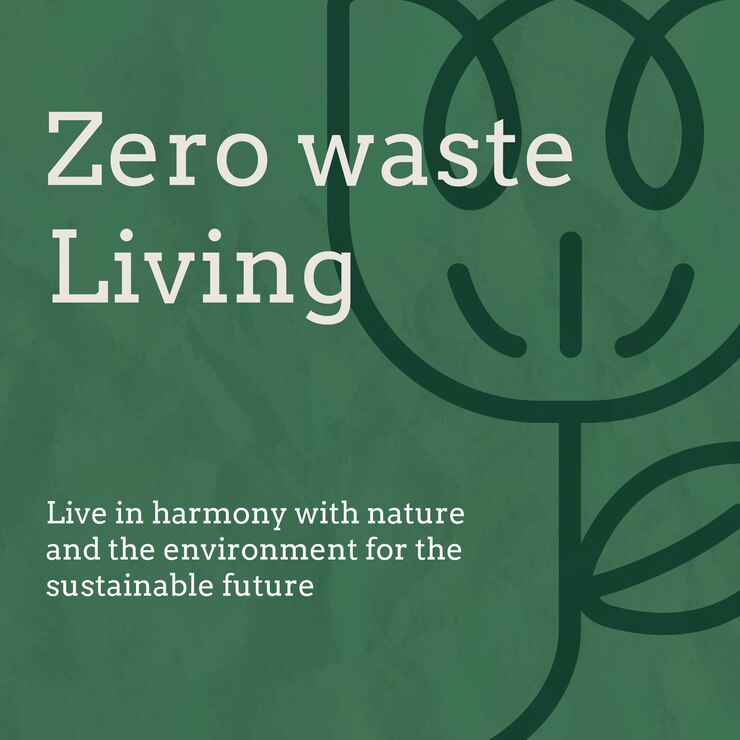
In This Article
- 1. Replace Disposable Bags with Reusable Bags
- 2. Use Reusable Cloths Instead of Paper Towels
- 3. Switch to Reusable Food Storage Options
- 4. Compost Your Food Scraps
- 5. Switch to Reusable Water Bottles
- 6. Reuse Glass Jars for Storage
- 7. Shop in Bulk to Reduce Packaging
- 8. Use Eco-Friendly Cleaning Products
- 9. Host a Clothing Swap Instead of Buying New
- 10. Use a Safety Razor Instead of Disposable Razors
- 11. Say No to Plastic Straws and Utensils
- 12. Opt for Secondhand or Vintage Furniture
- 13. Make Your Own Beauty Products
- 14. Buy Refurbished Electronics
- 15. Educate and Inspire Others
The Urgency of Waste Reduction
The world is producing more waste than ever before, and a significant amount of it ends up polluting our oceans, air, and soil. Improper waste management has led to environmental and health challenges that affect communities worldwide. While governments and industries play a key role, individuals can contribute by making small adjustments in their daily lives. These adjustments, though small, can lead to powerful outcomes when adopted on a larger scale.
Zero-Waste Examples
1. Replace Disposable Bags with Reusable Bags
One of the easiest and most effective zero-waste swaps is using reusable bags. I remember my early days of trying to remember to bring my cloth bags to the store. I often forgot them, which was frustrating, but I started keeping a few in my car, one in my backpack, and a couple near the front door. Now, it’s a habit that has stuck with me.
Impact: The United Nations Environment Programme estimates that 5 trillion plastic bags are used each year, with most of them ending up in landfills or the ocean. One reusable bag can replace over 700 single-use plastic bags annually.
Expert Insight: Environmental scientist Dr Laura Mills emphasises, “Switching to reusable bags is a straightforward yet powerful way to cut down on single-use plastic. If millions of people make this change, it will significantly reduce the burden on our waste management systems.”
Learn more: How to Recycle Paper Bags
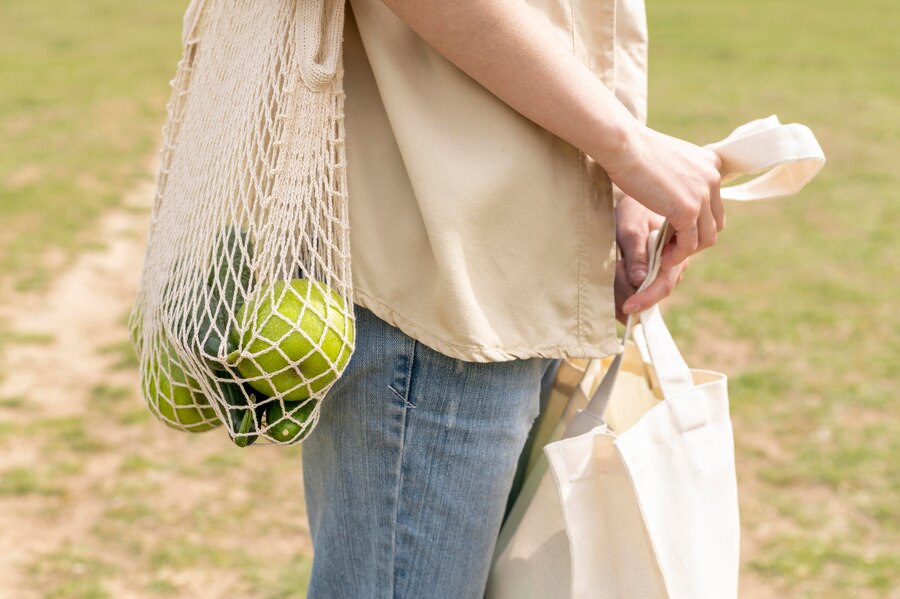
2. Use Reusable Cloths Instead of Paper Towels
I used to rely heavily on paper towels, especially for quick clean-ups in the kitchen. But when I calculated how many rolls I went through in a month, I was shocked. I started using old t-shirts and towels that I cut into rags, which not only reduced my waste but also saved me money.
Practical Tip: Keep a basket of reusable cloths in your kitchen. Having them within reach makes it easier to choose a cloth instead of reaching for a paper towel.
Data: The Natural Resources Defense Council estimates that if every U.S. household replaced one roll of paper towels with reusable cloths, it would save over half a million trees each year.
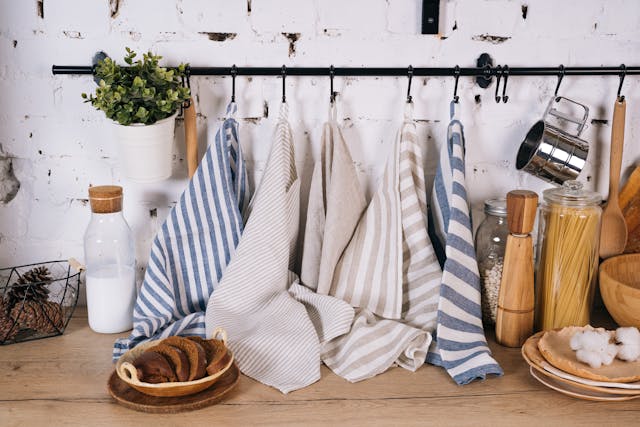
3. Switch to Reusable Food Storage Options
Plastic wraps and single-use sandwich bags were once a staple in my kitchen. I made the switch to beeswax wraps and silicone storage bags, which can be used over and over again. It was an easy change, and I found that these alternatives keep my food just as fresh, if not fresher, than traditional plastic.
How-To: Beeswax wraps are great for wrapping sandwiches, cheese, and fruit. Silicone bags can be used for storing leftovers, freezing food, and even marinating meat.
Impact: By using reusable wraps, you can cut down household plastic use by up to 30%, according to a study by Plastic Pollution Coalition. This simple switch can significantly reduce the amount of plastic that ends up polluting our environment.
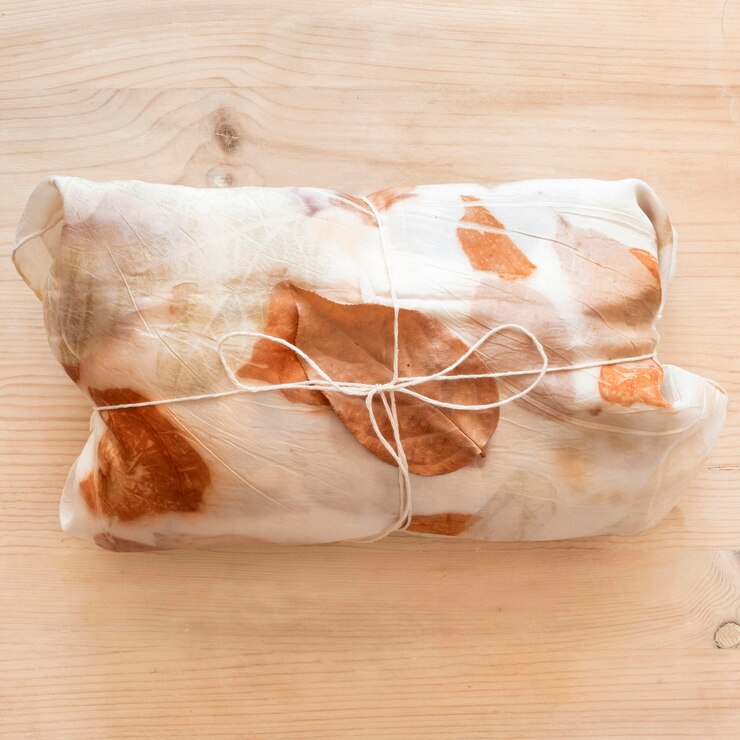
4. Compost Your Food Scraps
Composting was a game-changer for me, and it drastically reduced the amount of waste I produced. I was intimidated at first, but once I set up a simple compost bin in my backyard, it became an easy and rewarding part of my routine.
Step-by-Step:
- Collect vegetable peels, fruit scraps, coffee grounds, and eggshells in a small bin.
- Transfer them to a compost pile or bin outside.
- Turn the compost every few weeks, and within a few months, you’ll have rich, nutrient-filled soil for your garden.
Data: Food scraps and yard waste make up more than 30% of what we throw away, according to the Environmental Protection Agency (EPA). Composting helps reduce this waste and enriches the soil, promoting healthier plants and less need for chemical fertilisers.
5. Switch to Reusable Water Bottles
Using reusable water bottles is a simple, effective change. I used to buy bottled water regularly, but after calculating the cost and realising the environmental impact, I invested in a high-quality, insulated stainless steel bottle. Now, I carry it everywhere, and it keeps my drinks cold or hot for hours.
Expert Insight: “Every year, 8 million metric tons of plastic waste end up in the ocean, and single-use plastic bottles are a major contributor,” says Dr. Richard Thompson, a marine biologist. “Switching to reusable bottles can have a significant impact on reducing this waste.”
Practical Tip: Choose a water bottle that suits your lifestyle. I found that an insulated bottle works best for me because it’s versatile for both hot and cold drinks.

6. Reuse Glass Jars for Storage
Instead of tossing out glass jars, I started reusing them to store dry goods, herbs, and even homemade jams. It’s a great way to organise my pantry, and it adds a rustic touch to my kitchen.
Personal Experience: My pantry was always cluttered with mismatched bags of rice, pasta, and nuts. Now, everything is neatly stored in labelled glass jars, which makes it easy to find what I need and reduces waste.
Learn more: 13 Best Zero-Waste Kitchen Products
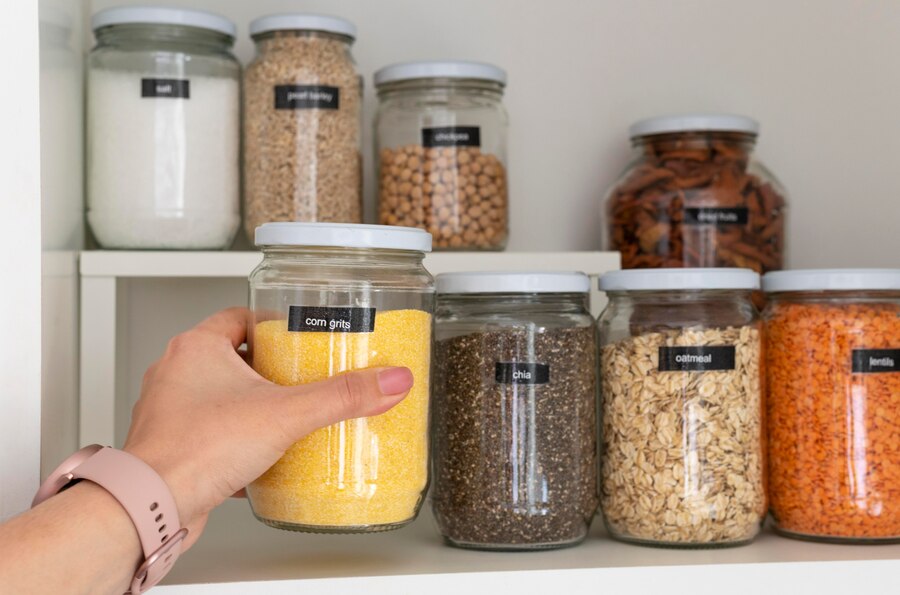
7. Shop in Bulk to Reduce Packaging
Buying in bulk has been one of the most effective zero-waste changes I’ve made. I bring my own containers to bulk food stores and refill them with grains, spices, nuts, and other staples. Not only does this cut down on packaging, but it also saves money.
Data: The Ellen MacArthur Foundation reports that 40% of all plastic packaging produced is used only once. Shopping in bulk can significantly reduce this figure.
Practical Tip: If your local store doesn’t have a bulk section, look for farmers markets or co-ops that encourage bringing your own containers.
8. Use Eco-Friendly Cleaning Products
Many household cleaners come in plastic bottles and contain harmful chemicals. I started making my own cleaners using simple ingredients like vinegar, baking soda, and lemon. It was surprisingly easy and effective.
DIY Recipe: Mix equal parts water and vinegar for an all-purpose cleaner. Add a few drops of essential oils for fragrance.
Expert Insight: “Commercial cleaners often contain volatile organic compounds (VOCs) that contribute to indoor air pollution,” says Dr. Emily Lawrence, an environmental chemist. “Homemade cleaners are not only safer but also cut down on plastic waste.”
9. Host a Clothing Swap Instead of Buying New
The fashion industry is one of the largest contributors to environmental pollution, responsible for 10% of global carbon emissions. Instead of buying new clothes, I began organising clothing swaps with friends. It’s a fun, social way to refresh your wardrobe without the environmental cost of new fashion.
How-To: Invite friends to bring clothing they no longer wear. Set up different sections for tops, pants, and accessories, and let everyone “shop” from the selection.
Data: According to the Ellen MacArthur Foundation, extending the life of clothing by just nine months can reduce carbon, water, and waste footprints by up to 30%.
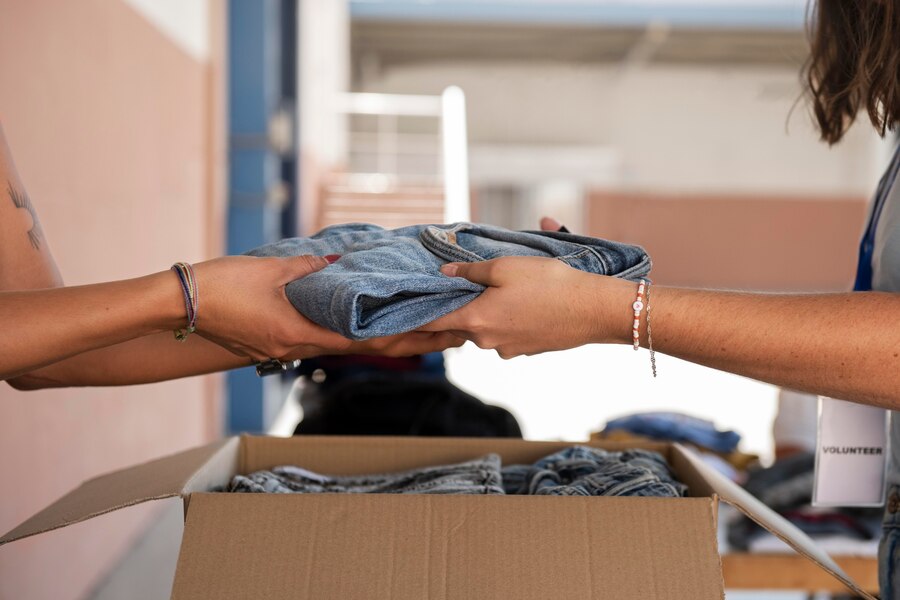
10. Use a Safety Razor Instead of Disposable Razors
I was hesitant to make the switch from disposable razors to a safety razor, but it ended up being a smooth transition. Not only do safety razors produce less waste, but they also give a closer shave, and the blades are recyclable.
Personal Tip: It took a few tries to get the hang of using a safety razor, but now I prefer it over disposables. Plus, replacement blades are much cheaper than disposable razors.
Impact: The EPA reports that about 2 billion disposable razors are thrown away each year in the U.S. alone. Switching to a safety razor can drastically cut down on this waste.
11. Say No to Plastic Straws and Utensils
Plastic straws and utensils are some of the top items found in ocean clean-ups. I now carry a set of reusable cutlery and a metal straw with me, which has helped me avoid single-use plastics.
Data: Over 100 million plastic utensils are used daily in the U.S., most of which are not recycled, according to the Plastic Pollution Coalition.
Practical Tip: Keep a set of reusable cutlery in your car or bag. I find that having them on hand makes it easier to say no to plastic when eating out.
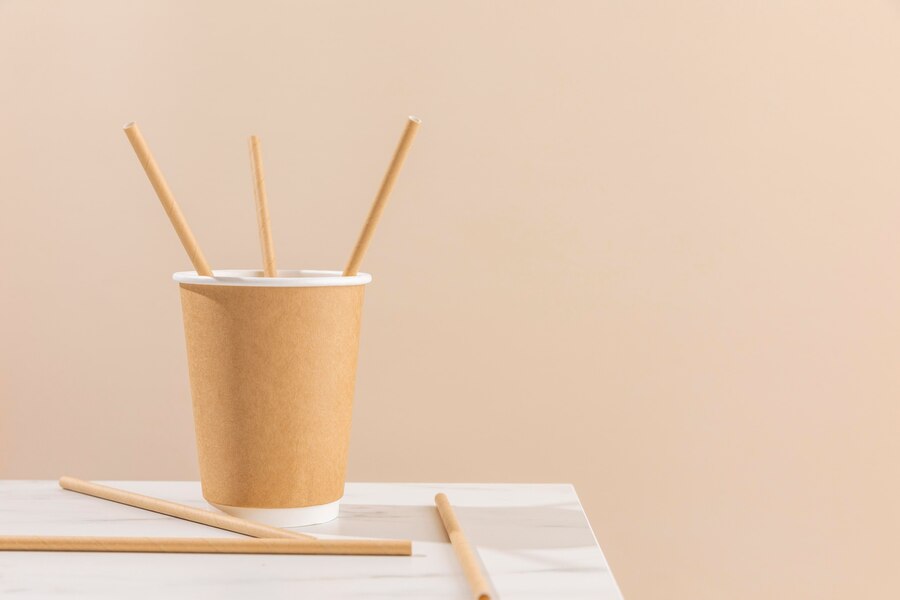
12. Opt for Secondhand or Vintage Furniture
When I moved into my new apartment, I decided to furnish it with secondhand and vintage pieces. Not only did this save money, but it also gave my home a unique character. Plus, it’s a great way to avoid the environmental impact of producing new furniture.
Expert Insight: “The production of new furniture requires significant amounts of wood, metals, and plastic, which contribute to deforestation and resource depletion,” says Alex Carter, a sustainable living expert. “Buying secondhand furniture is an eco-friendly alternative that reduces demand for new production.”
Learn more: Almond Milk Environmental Impact

13. Make Your Own Beauty Products
From scrubs to lotions, making your own beauty products has been a rewarding experience. I started with a simple sugar scrub made from sugar, coconut oil, and essential oils, and gradually expanded to other products.
DIY Recipe: Combine 1 cup of sugar with ½ cup of coconut oil and a few drops of essential oil. Store it in a glass jar and use it as a gentle exfoliant.
Data: The beauty industry generates over 120 billion units of packaging each year, according to Zero Waste Europe. Making your own products can cut down significantly on this waste.
14. Buy Refurbished Electronics
I used to think buying refurbished electronics meant sacrificing quality, but I’ve had great experiences purchasing refurbished phones and laptops. They’re often as good as new, with warranties included, and they’re much cheaper.
Impact: The production of new electronics involves the mining of rare metals, which has significant environmental costs. By opting for refurbished devices, you’re reducing the demand for new resources.
15. Educate and Inspire Others
One of the most impactful things I’ve done is share my zero-waste journey with others. I’ve hosted workshops, written articles, and spoken to friends and family about the small changes they can make. It’s inspiring to see how these conversations can lead to lasting change.
Conclusion
Adopting a zero-waste lifestyle is not about perfection; it’s about making more conscious choices. Every reusable bag, repurposed jar, and compost pile adds up to a larger impact on our planet. By following these tips and starting with small, manageable changes, you can significantly reduce your waste footprint and inspire others to do the same. Let’s make zero-waste living the norm, not the exception.
Each action may seem small, but when millions of people make those small changes together, the effect is monumental. By reducing waste, reusing resources, and making sustainable choices, we’re all taking steps toward a cleaner, healthier planet.







